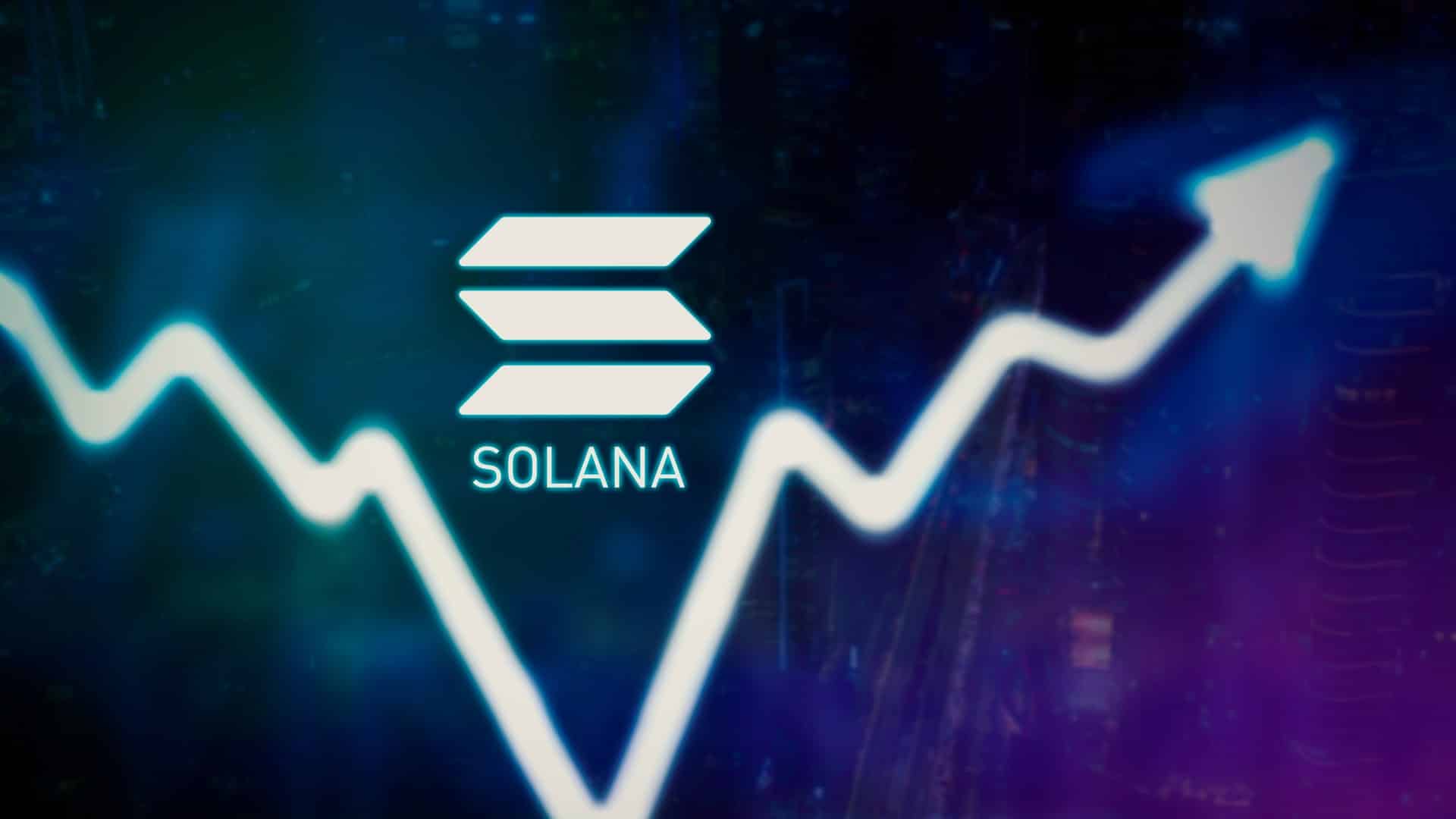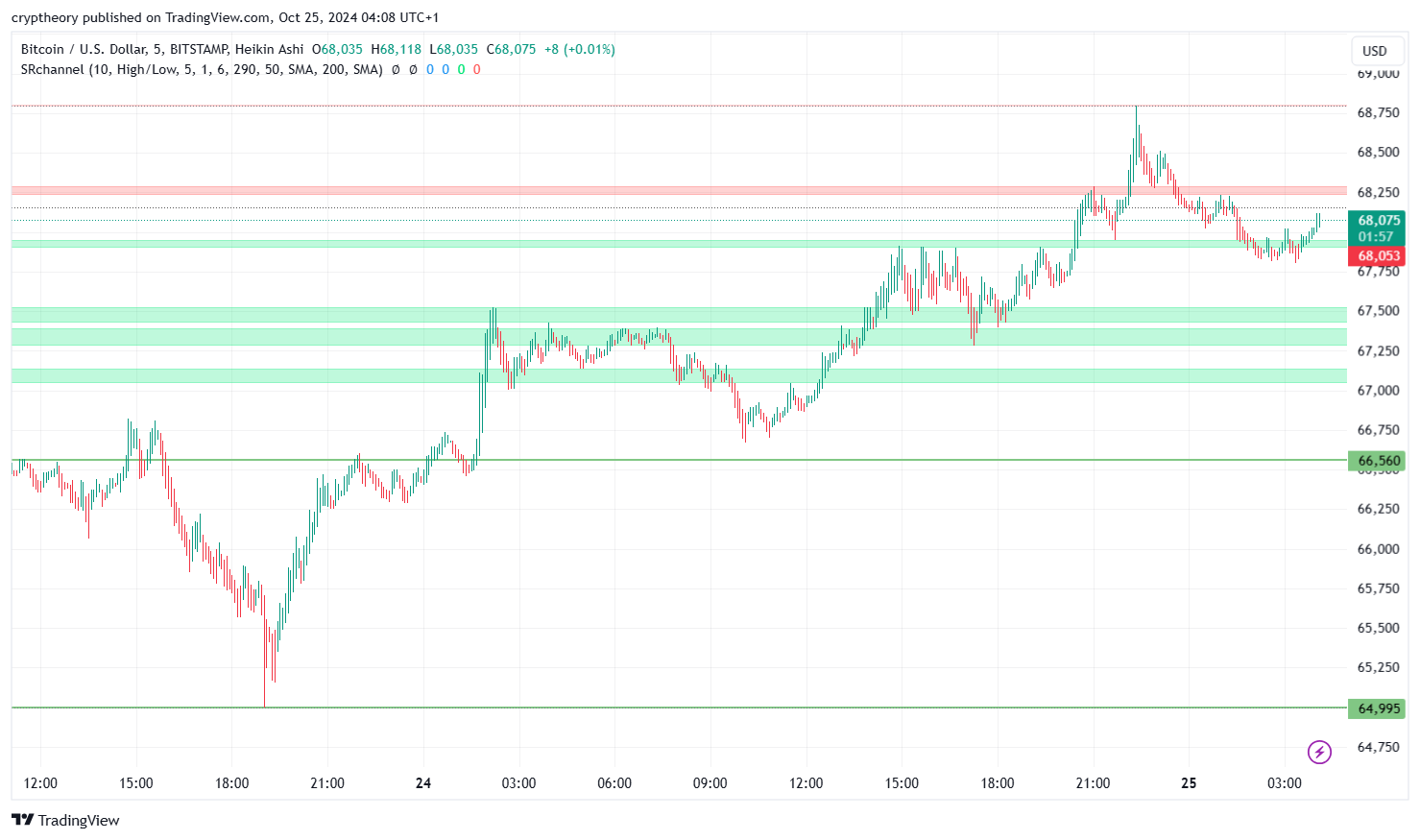Stablecoins are designed to streamline cryptocurrency trading and storage. Because Bitcoin, Ethereum and Co. are so volatile, they are (still) not very suitable for daily trading or as a short-term store of value. Stablecoins solved this problem by tracking the value of another asset (usually the US dollar). For example, one USD coin is worth one US dollar. The problem: these coins are not completely stable in value. This is because they are subject to inflation to the same extent as the currency to which they are linked. Last year, the US dollar struggled with inflation rates of over nine percent. The crypto exchange Coinbase has now called on developers to construct a stablecoin that will compensate for this loss in value.
Coinbase brings stablecoin without inflation?
Coinbase announced the launch of its own layer 2 chain for Ethereum with “Base” on February 23. Now the development on the network is to be pushed forward. Flatcoins are at the top of the agenda. By this the company means “stablecoins that track the rate of inflation and allow users stable purchasing power while at the same time being protected from the economic uncertainty caused by the existing financial system”. The development of such coins is “given the recent challenges in our global banking system” more important than ever.
Are you a builder passionate about making the onchain economy grow, but looking for where to start?
We just published a Request for Builders: four areas we’d love to see builders explore on Base (with funding from the Base Ecosystem Fund).
Are you a builder passionate about making the onchain economy grow, but looking for where to start?
We just published a Request for Builders: four areas we’d love to see builders explore on Base (with funding from the Base Ecosystem Fund) 🧵https://t.co/XSSdPnusyc
— Base (@base) March 24, 2023
The idea of creating a stablecoin that keeps its “intrinsic value” stable instead of a strict FIAT peg is not entirely new. There are already a number of projects, such as “Ampleforth”, that implement this idea in a similar way. At Ampleforth, a reference value was simply set: namely the value of the US dollar at a certain point in time in 2019. The coin wants to hold this value. Algorithms and smart contracts ensure value stability. In order to achieve this, the stock of coins is expanded or reduced depending on the change in value.
The “flatcoins” announced for development could work in a similar way. Oracle Services may transmit consumer price index and/or inflation rates to smart contracts and the algorithm may adjust accordingly. The result would be some sort of inflation-adjusted stablecoin. It is not yet possible to foresee which path the development at Base will take and which use cases a corresponding coin will then fulfill. Critics complain that adjusting for the inflation of the underlying asset makes the link to it obsolete.
- Bitcoin Whales Cash In Millions Amid Recent Rally - November 20, 2024
- Hidden Pattern on XRP Charts Suggests a 500% Surge – Is It Finally Moon O’Clock? - November 20, 2024
- $PNUT Up 325% In 7 Days, Heading To New Record – Will This New Altcoin Be The Next Hot Deal? - November 19, 2024






















